What are the two types of vegetable seeds?
Vegetable gardening is a rewarding endeavor that begins with the careful selection of seeds. Understanding the two main types of vegetable seeds is crucial for cultivating a successful and thriving garden.
1. Open-Pollinated Seeds:
Definition:Open-pollinated seeds are those that are pollinated by natural means, such as wind, insects, birds, or other environmental factors. These seeds result from the fertilization between plants of the same variety, preserving the genetic characteristics of the parent plants.
Characteristics:
Genetic Stability: Open-pollinated plants exhibit genetic stability, meaning that they produce offspring with traits similar to those of the parent plants.
Adaptability: Over time, open-pollinated plants can adapt to local growing conditions, becoming well-suited to the specific environment in which they are cultivated.
Seed Saving: One notable feature of open-pollinated seeds is their ability to produce plants that yield seeds with similar characteristics. This allows gardeners to save seeds from one season to the next, promoting self-sufficiency.
Advantages:
Sustainable Gardening: Open-pollinated seeds support sustainable gardening practices as they enable seed saving, reducing the dependence on external seed sources.
Biodiversity: The cultivation of open-pollinated varieties contributes to the preservation of plant biodiversity and heirloom varieties.
Considerations:
Cross-Pollination: Care must be taken to prevent cross-pollination between different varieties of open-pollinated plants, as this can result in seeds with unpredictable characteristics.
Additional reading:
How Long Do Walnuts Last?
Companion Planting with Vegetable Seeds: Tips for a Pest-Free Garden
How do you use controlled release fertilizer?
Plastic Seedling Trays: A Sustainable Solution for Growing Green
Why do they say not to eat watermelon seeds?
What is the highest yielding tomato seed?
Is the Sinotruk Howo Price Worth It?
2. Hybrid Seeds:
Definition:Hybrid seeds are the product of controlled cross-breeding between two distinct parent plants. This process is often managed by plant breeders to achieve specific desirable traits in the resulting hybrid plants.
Characteristics:
Hybrid Vigor: Hybrid plants often display hybrid vigor or heterosis, exhibiting enhanced qualities such as improved yield, disease resistance, and overall vitality.
Uniformity: Hybrid seeds produce plants that are more uniform in terms of size, appearance, and growth characteristics.
Advantages:
Increased Productivity: Hybrid plants are designed to maximize certain desirable traits, leading to increased productivity and often a more robust resistance to diseases and pests.
Consistency: Gardeners can expect a higher level of consistency in terms of plant performance when cultivating hybrid seeds.
Considerations:
Seed Saving Challenges: While hybrid seeds offer specific advantages, saving seeds from hybrid plants may result in unpredictable offspring with characteristics that differ from the parent plants.
Dependency on Breeders: Gardeners who choose hybrid seeds may need to purchase new seeds for each planting season, as the desired traits are often maintained through controlled breeding programs.
The choice between open-pollinated and hybrid seeds ultimately depends on the goals and preferences of the gardener. Whether aiming for self-sufficiency through seed saving or seeking the benefits of hybrid vigor, understanding the characteristics and considerations of each type of seed is essential for a successful and fulfilling gardening experience. By selecting seeds that align with their gardening objectives, enthusiasts can embark on a journey to cultivate vibrant, thriving vegetable gardens that reflect the beauty and diversity of the plant kingdom.
Why are howo 3 and 4 axle drop side semi trailers the next big thing in transportation design?
What are the things which we should never do inside a reducer?
How Ore Transport Trucks are Revolutionizing Mining Logistics
5 Reasons Why Mortar Fiber Is Essential
What is the 60 40 trailer axle rule?
What is the mix ratio for gypsum?
Ultimate Guide to Choosing the Best Curtainsider: Top Tips & Recommendations
110
0
0
Related Articles


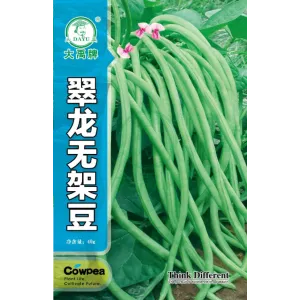


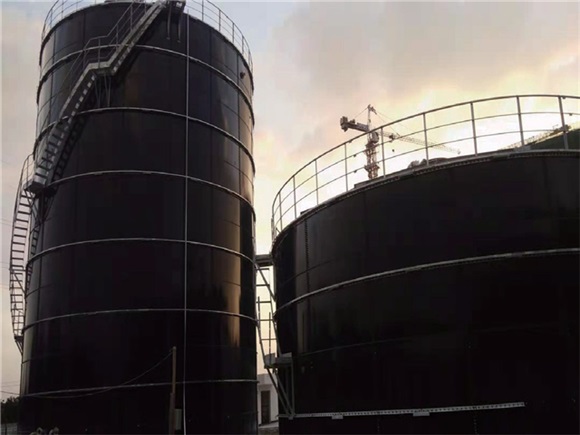
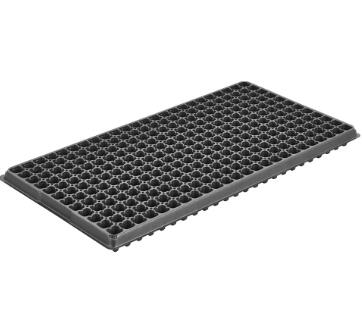
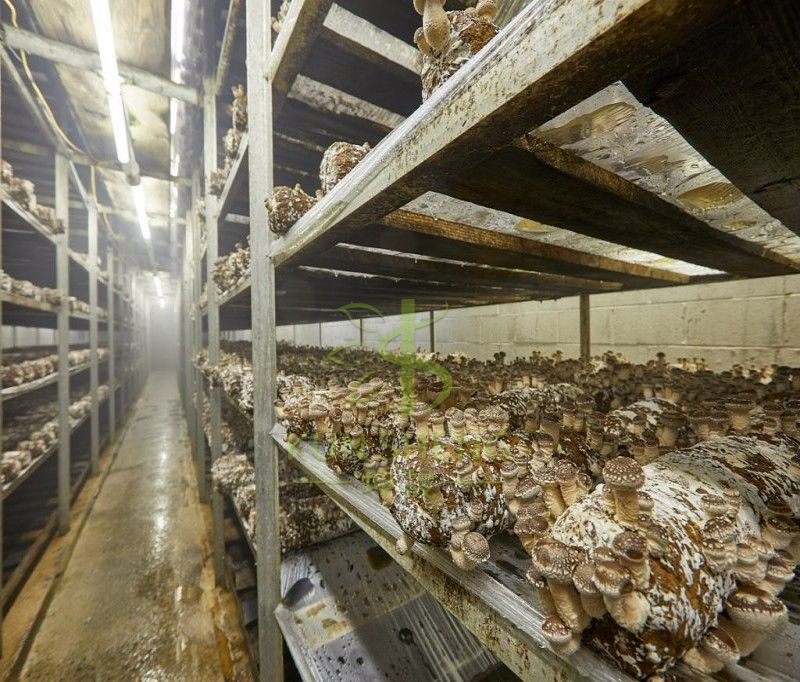
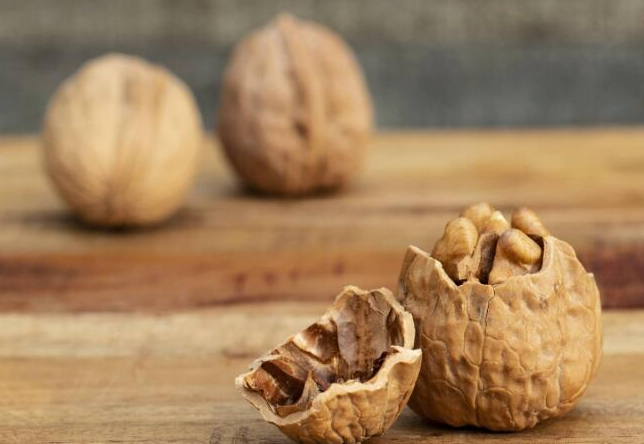
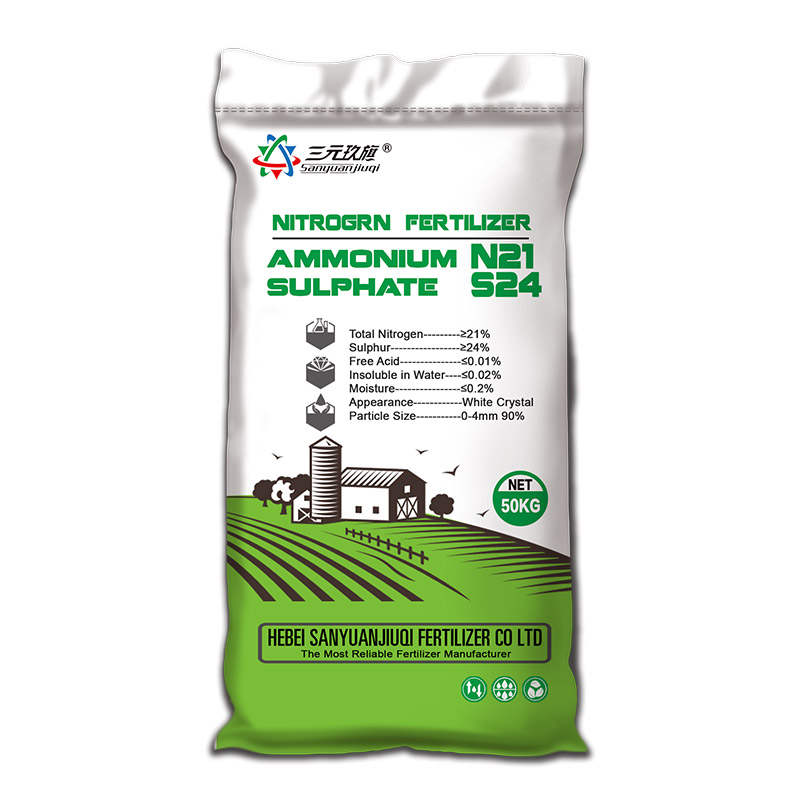
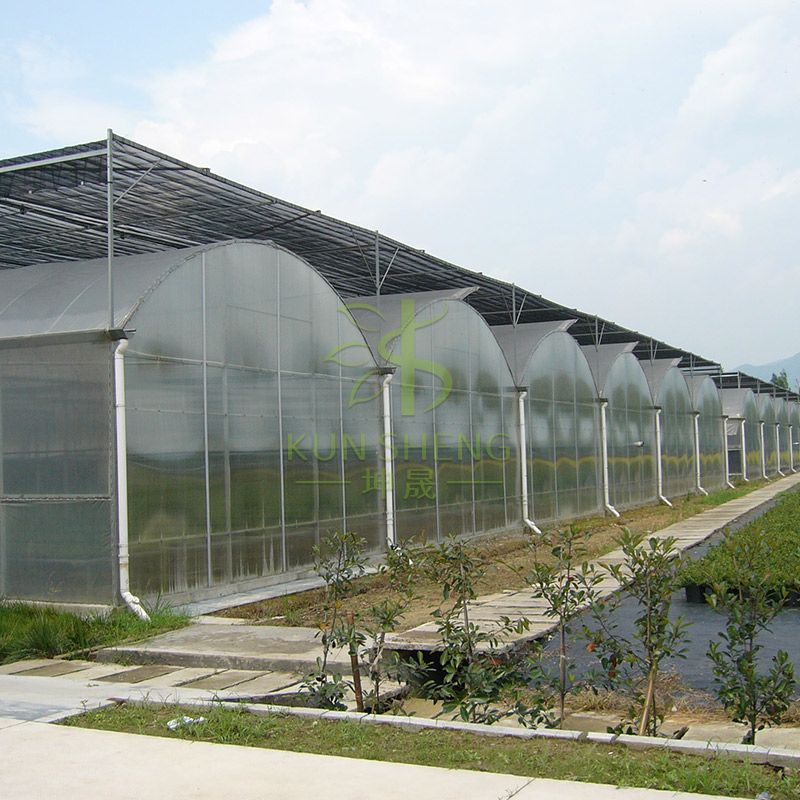
Comments
All Comments (0)